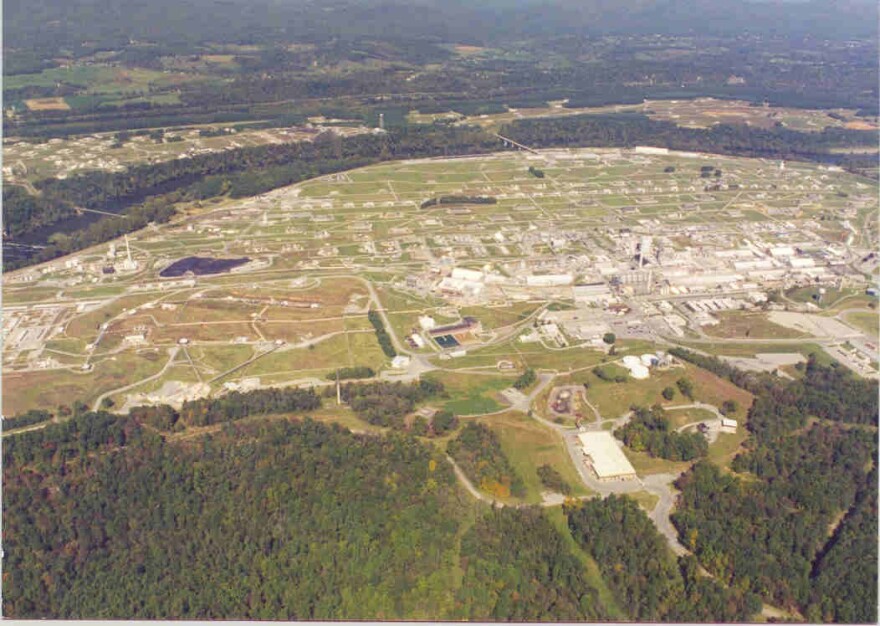The level of environmental pollution rose in Virginia for the first time in seven years. And once again, Montgomery County in the southwestern part of the state, tops the list for the largest amount of toxic emissions. But some say the numbers are misleading.
First of all, it’s important to note that toxic emissions in Virginia have been steadily decreasing for decades. But a ten percent rise in 2013, the most recent year studied, saw 36 million pounds of toxic chemicals released into the environment. That’s according to the Department of Environmental Quality’s annual Toxic Release Inventory. That’s a huge drop from the more than 150- million pounds of pollutants found in the late 1980s. But Montgomery County, home to the Radford Army Ammunitions Plant, continues to be number one in the state, and not in a good way.
“I mean, we’re number one. We’re always going to be number one,” says Charlie Saks, spokesman for the ammo plant also known as the Arsenal. He says part of the reason it tops the pollution list is its size, 4600 acres, straddling two counties.
“So we’re a big city, right. So we have police hospital, power plan water plant. We have everything Christiansburg has, that everybody has.”
Plus a production facility for propellants used in weapons. To make them, the plant uses Water from the New River, which runs by it, creating left over nitrates in the process.
“So we pull from the river, we use it, we treat it and we put it back, but one of the things that we cannot take out is these nitrates.”
Saks says modernization at the 1940s era Arsenal is cutting nitrate emissions into the river. Nitrates are known to be harmful to human health in large quantities. Experts say by far, the largest source of nitrates in the water is from fertilizer, which gets into the water through urban and agricultural run off. But it’s not easy to monitor what’s known as ‘non point source pollution.’ The Radford Arsenal has specific outflow sites where the levels are monitored.
“So what we’re doing here is we’re looking at one set of data points, one highly monitored site and that’s not the water for the most part, people are drinking,” says Marc Edwards, an environmental engineering professor who specializes in water issues at Virginia Tech.
“Obviously in a broad context the levels of pollution here, quality of life, in terms of true public health threats are much, much reduced compared to other parts of the state.”
High levels of toxic emissions don’t always equate neatly to high levels of toxicity. The treated water the Arsenal returns to the river meets standards even before its sheer volume dilutes it further. But some area residents believe regulators are missing the boat, not measuring properly or looking for the right compounds that may have seeped into groundwater. But other New River advocates say nitrates in the River are not the problem they’re made out to be and they’re not concerned about it.
“We just, kind of, made a circle around the arsenal and asked people for permission to test their well water and we sent it off to a certified lab and we didn’t find anything.”
Neither did the most recent report by the Agency for Toxic Substances and Disease Registry, which stated drinking water in the area around the Arsenal is unlikely to be affected by groundwater and surface water releases from the facility. The report goes on to say the agency recognizes the lack of air sampling results as a data gap in the assessment of community exposures and is looking at existing air pathways; trying to identify additional information that may help it evaluate the community’s exposures to contaminants in the air.


